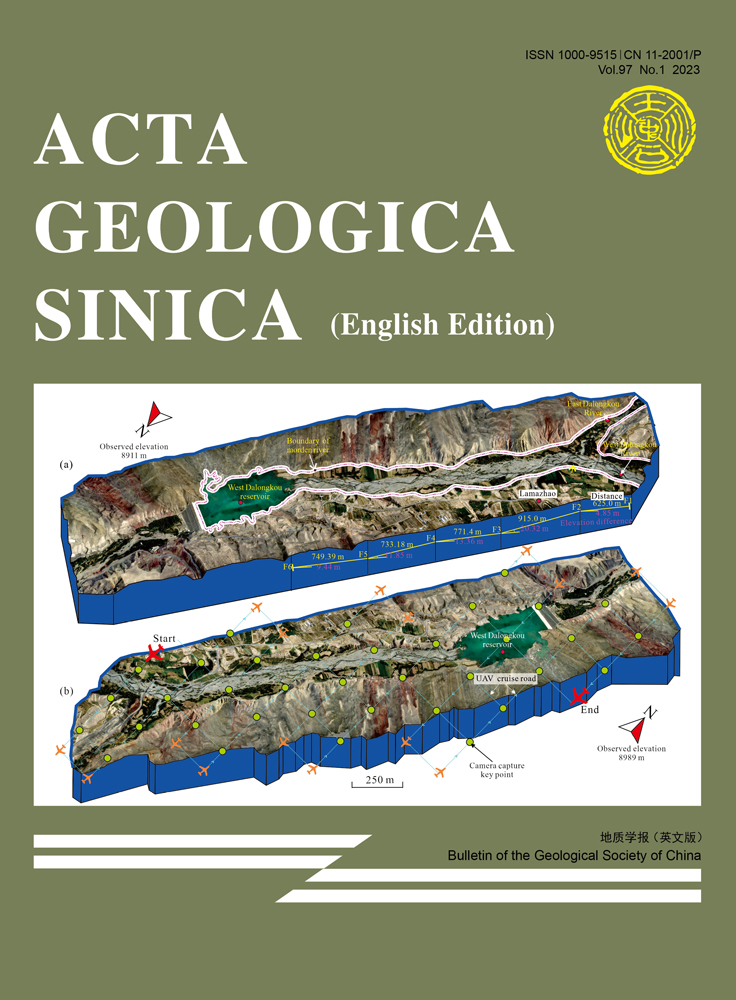Integration of Sequence Stratigraphic Analysis and 3D Geostatistical Modeling of Pliocene–Pleistocene Delta, F3 Block, Netherlands
About the first author:
Dr. Haris Ahmed KHAN, male; born in 1984 in Karachi City, Sindh Province; currently working as a Principal Petroleum Geologist at Hydrocarbon Development Institute of Pakistan (Ministry of Energy – Petroleum Division). He holds Ph.D. from King Abdulaziz University, in petroleum geology with bachelor and master from University of Karachi, in the same subject. His main fields of interest are geomodeling, 3D seismic geomorphology and reservoir characterization. Dr. Haris have strong geological background and good command on Schlumberger state-of-the-art packages Petrel, PetroMod and Techlog. He offered teaching services in B.Sc., M.Sc. and Ph.D. programs at Bahria University for 4.5 years. He also worked as a mud logger for almost 3.7 years with Petroservices GmbH. E-mail: [email protected].
About the corresponding author:
Dr. Muhammad Jahangir KHAN, male, born in 1987 in Burewala City, Punjab Province (Pakistan); currently working as an assistant professor of geophysics at Bahria University, Karachi. He has earned master's degree in geophysics from Quaid-i-Azam University (Islamabad). He has been participated in series of International Workshops-cum-Seminars on marine geological and geophysical surveys, held at Beijing and Qingdao, organized by China Geological Survey. He is now interested in integrated studies emphasizing on earthquake and geospatial data analysis. E-mail: [email protected].
Abstract
This research is focused on the analysis of the sequence stratigraphic units of F3 Block, within a wave-dominated delta of Plio–Pleistocene age. Three wells of F3 block and a 3D seismic data, are utilized in this research. The conventional techniques of 3D seismic interpretation were utilized to mark the 11 surfaces on the seismic section. Integration of seismic sequence stratigraphic interpretation, using well logs, and subsequent 3D geostatistical modeling, using seismic data, aided to evaluate the shallow hydrocarbon traps. The resulting models were obtained using System Tract and Facies models, which were generated by using sequential stimulation method and their variograms made by spherical method, moreover, these models are validated via histograms. The CDF curve generated from upscaling of well logs using geometric method, shows a good relation with less percentage of errors (1 to 2 for Facies and 3 to 4 for System Tract models) between upscaled and raw data that complements the resulted models. These approaches help us to delineate the best possible reservoir, lateral extent of system tracts (LST and/or HST) in the respective surface, and distribution of sand and shale in the delta. The clinoform break points alteration observed on seismic sections, also validates the sequence stratigraphic interpretation. The GR log-based Facies model and sequence stratigraphy-based System Tract model of SU-04-2 showed the reservoir characteristics, presence of sand bodies and majorly LST, respectively, mainly adjacent to the main fault of the studied area. Moreover, on the seismic section, SU-04-2 exhibits the presence of gas pockets at the same location that also complements the generated Facies and System Tract models. The generated models can be utilized for any similar kind of study and for the further research in the F3 block reservoir characterization.




